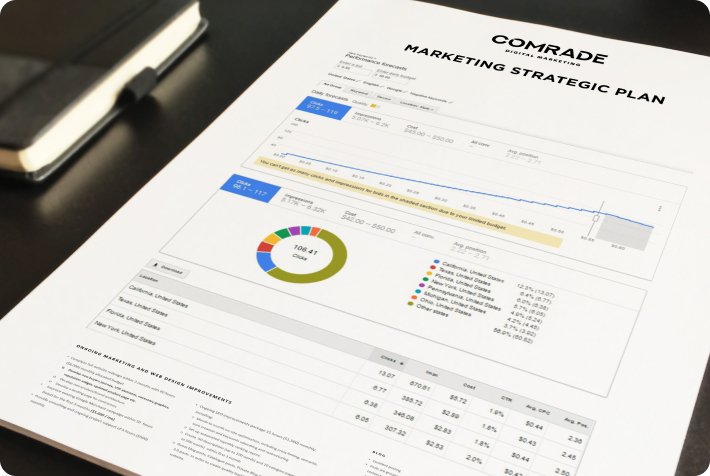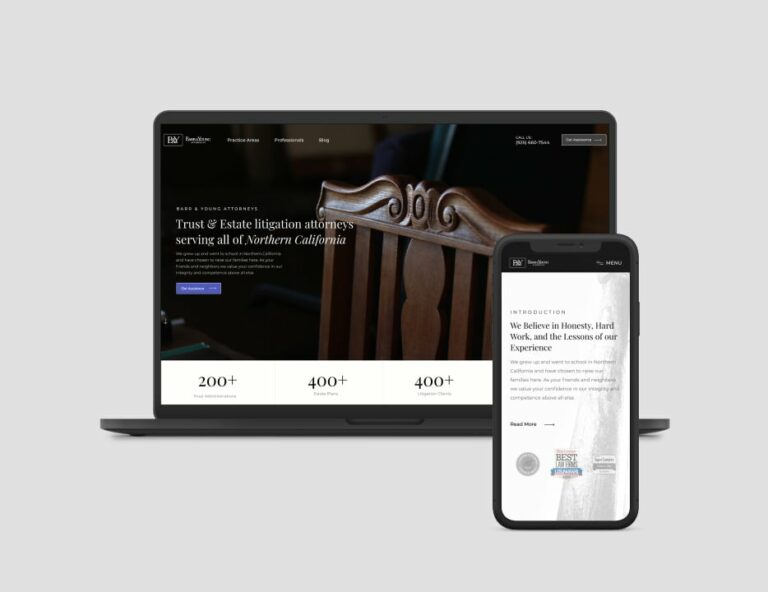
A website landing page is a stand-alone web page specifically created for marketing to gain leads that can be nurtured. It is focused on a particular stream of traffic that comes from users after they click on a link in an email or an ad on social media platforms and search engines.
Website landing pages are designed with a single call to action (CTA) and the objective of converting visitors into leads. They typically offer visitors business resources like an e-book, for example, in exchange for their contact details. An effective landing page provides visitors with something worthwhile in exchange for their personal details.
Companies use this data to broaden target audience reach and send lead-nurturing marketing materials to nudge prospects further down the sales funnel. For business owners, there’s often confusion about what a website landing page is (is it different from a website?) and how many they should have. Below are the most important things you need to know about creating landing pages and the fundamental role they play in digital advertising.

What Is a Landing Page?
However many pages you have on your website, your landing pages can’t be overlooked. These pages are tailored for a certain goal, steering visitors with precision toward a specific action. Be it signing up for a newsletter, downloading a guide, or filling in their contact information, the landing page choreographs these interactions with strategic finesse.
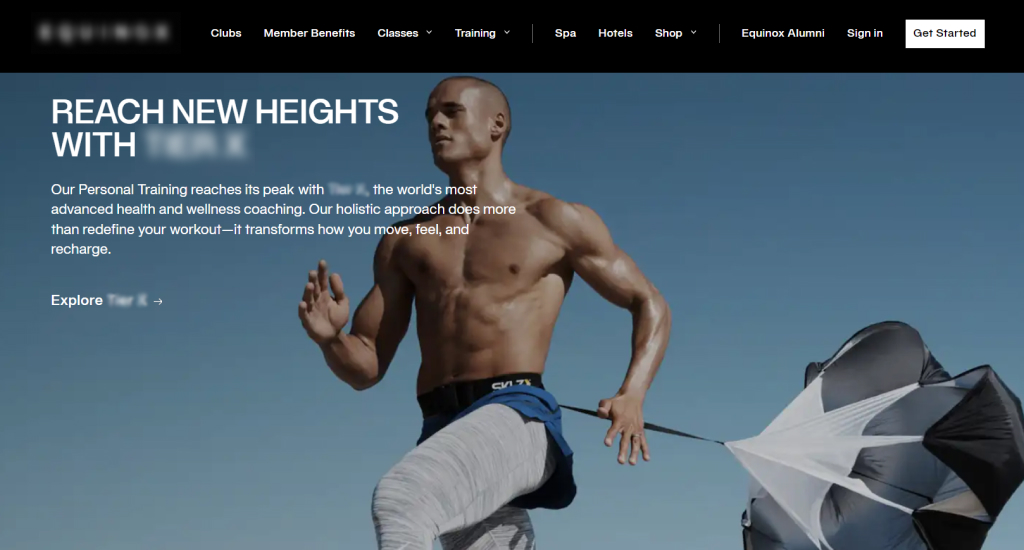
Design and CTA buttons work together to enhance the user experience and encourage engagement
This is done with powerful calls-to-action (CTA), engaging content, and eye-catching visuals. It should balance intent and design, steering traffic from different origins to a dedicated action that will achieve your predefined objective.
A finely-honed landing page thrives on understanding user intent, weaving it seamlessly into an engaging journey that culminates in action. A meticulously designed landing page can help nurture leads, amplify sales, or dispense knowledge.
What Landing Pages Are Used For
Within the dynamic online landscape, landing pages are great for targeted marketing pursuits. These focused pages have a singular mission: steering visitors towards a precise outcome. Whether it’s getting contact information, having prospects reach out, or spotlighting an event, landing pages are finely tuned and designed for a specific goal.
By getting users to these pages, businesses present tailored narratives, facilitate user interactions, and gauge campaign resonance and success. This strategic practice enriches user journeys, amplifies conversion rates, and brings actionable insights to guide future marketing campaigns.
Main Types of Landing Pages
When it comes to maximizing your website’s performance, having the right landing pages can make all the difference. Landing pages serve as powerful tools to convert visitors into leads or customers. Let’s explore the main types of landing pages that can boost your conversion rates and take your online presence to new heights.
Lead Generation through Landing Pages
Also called “lead gen” and “lead capture” pages, these website landing pages focus on collecting customer information.
The distinguishing feature of lead capture pages is a form, which serves as a CTA. As we mentioned before, it asks for a visitor’s email address, phone number, and more in exchange for a product or service.
Depending on your landing page campaign goals, you can ask for specifics like age ranges, hobbies, and professions. Acquiring this information helps personalize marketing campaigns and guides accurate target audience segmentation.
For example, if you’re a sports-related store, selling gym clothes and equipment, it’s useful to know whether a lead practices yoga or HIT training. Armed with this info, you can send marketing campaigns that match their needs, increasing conversion chances.
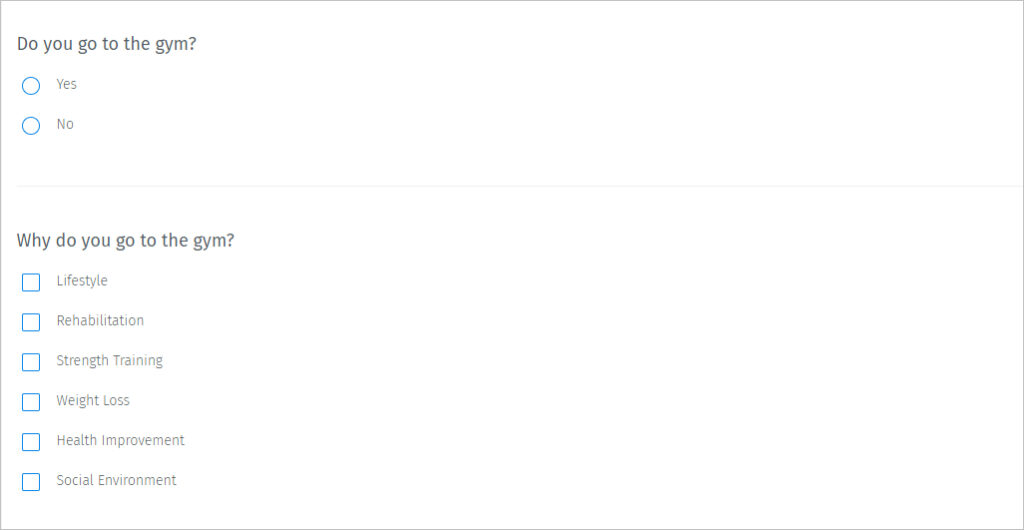
Ask your customers about their preferences through surveys; this is an effective way to generate more leads
Lead-generation landing pages are a valuable marketing tool because they offer insight into who your target audience is, as well as the best channels to reach them.
Click-through Landing Pages
Instead of forms, these website landing pages have CTA buttons directing users to a page where they can complete the desired action.
For example, a button that says “free trial” or “order now” might take the user to a checkout page and so on.

Click-through-landing pages are common on eCommerce websites or other businesses, prioritizing sales over data collection.
Besides a CTA button, these landing pages also include persuasive information like customer reviews and product details to encourage sales.
Delivering Business Results: Our Digital Marketing Case Studies
Landing Page vs Home Page: Are They the Same?
Home pages on business websites and landing pages are frequently confused, but they are not the same thing. Unlike a home page which is a digital storefront, so to speak, a website landing page is a stand-alone page designed to serve a specific purpose and target a specific audience.
To use a retail analogy: A home page is like a grocery store where you can buy a range of things, whereas a landing page is a shelf in one of the aisles offering a single product.
It comes down to function and focus. Websites and their home pages are designed for exploration, but landing pages are customized to specific marketing campaigns that offer and guide visitors toward a single call to action. Consider a website a collection of different “landing pages” and sections that help users find what they’re looking for.
A typical site might have an About section, a separate blog page, a Contact Us page, products, and services pages, and more. There are a plethora of website types with various pages and features.
To summarize the differences:
- Landing pages have no navigation menus, but homepages do.
- While website traffic comes from many sources, homepage traffic is derived from ads and SEO.
- Homepages are the front page of a business website, whereas landing pages are separate from a business website.
- Landing pages have a single conversion goal; webpages, however, encourage browsing.
Microsite vs Landing Page: What’s the Difference?
Ah, the microsite, a lesser-known and talked about digital marketing concept. A microsite is a highly targeted miniature website used to:
- Target audiences with a new message
- Showcase a new product or launch a countdown
- Educate and entertain on a specific topic
- Generate interest in an event
While they can be a single page, they often contain a handful of pages and link to your primary website. Microsites offer unique experiences to expand brand awareness and increase loyalty.
Both microsites and landing pages are hyper-focused and SEO-friendly. So, how do they differ? Landing pages encourage action and have a more positive impact on the SEO of parent websites. They essentially provide extra pages and keywords to rank for.
Landing pages are the ultimate sales pitch, directed at driving conversions and nothing else. They exist to help your audience make the final conversion after they’ve completed their research.
Leads move through your sales funnel, reading your content marketing, and comparing your products or services against competitors, and could end up on your landing page last. Hence, it might be the final digital asset in the marketing funnel to convince them what you offer is what they need.
Are Website Landing Pages Useful Marketing Tools?
Landing pages are an indispensable part of digital marketing! As valuable marketing tools, they can help you reach short-term goals in the buyers’ journey.
Every unique website landing page is an opportunity to lead visitors down the sales funnel and convert them into customers.
A great landing page is built to serve one of two functions: generate leads or direct users to the next step.
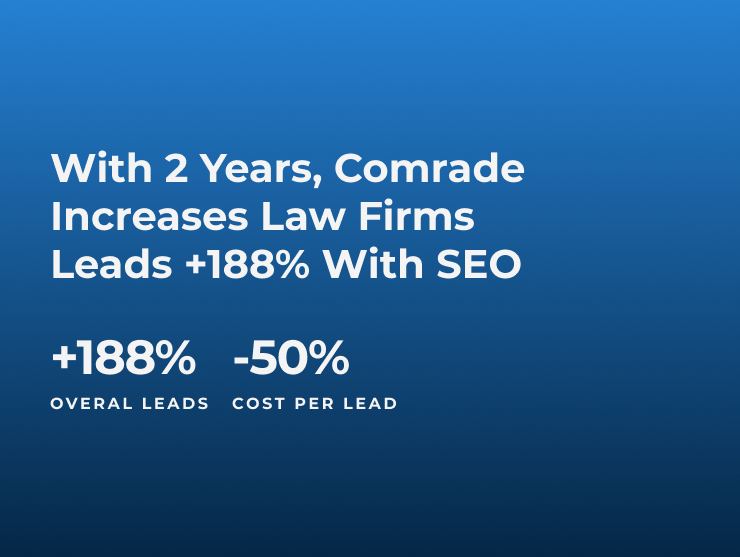
What Do Good Landing Pages That Work Look Like?
When it comes to creating a landing page design, there’s no set template for a high-converting website landing page, as long as it’s simple, attractive, and transforms clicks into leads.
A great landing page should have a clear headline showcasing the business’s unique selling proposition (USP). You can see from the example below how it explicitly offers easy domain registration.
Depending on the product or service, this is usually followed by a hero video or image and then more information highlighting the benefits of your offering.
Notice how, in the example provided, the page has a section that elaborates on core services and extras.
A good website landing page also has social proof like personal testimonials to create a deeper and more emotional appeal for a service or product. Lastly, and most importantly, it must support a strong call to action.
[In case you’re wondering what a call to action is (CTA): In digital marketing, it refers to the next step a marketer wants its audience to take. It can instruct a reader to click a button to complete a sale or request a quote.
Effective CTAs are obvious and immediately follow marketing messages. They are generally used at the end of a sales pitch and can drive a variety of different actions depending on the digital marketing strategy.]

Increasingly, marketers are also embedding videos on their website landing pages. According to WordStream, landing pages with videos increase conversions by 86%.
Shorter videos, ideally around 90 seconds, work well. They allow you to convey essential information without boring visitors.
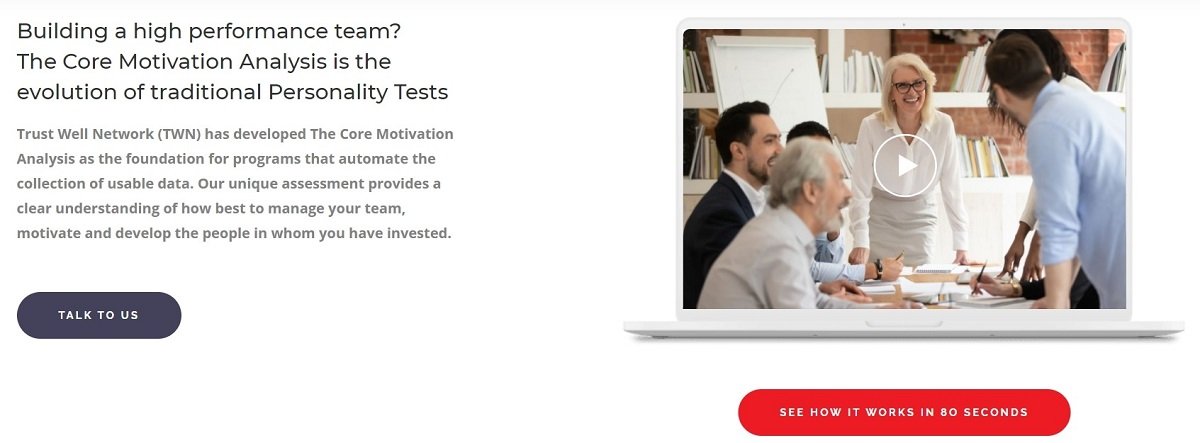
Ensure that the copy is succinct and benefit-centered. Strong website landing pages are mobile-friendly and don’t require much navigation.
When designing the layout, bear in mind that many people use their smartphones, and your website landing page should translate effectively across all devices, whether the user is on their computer, tablet, or mobile.
Some tips to make your landing pages effective:
- Headline: This sums up your offer in a clear and compelling way.
- Copy: Landing page text should explain the value of your offer in a simple manner. Using bullet points keeps it brief and succinct.
- Keywords: Like any other digital marketing campaign, keywords should be utilized in the page title, header, and text to boost SEO.
- Social sharing buttons/links: Links to your Facebook Page, LinkedIn profile, and other social media accounts extend the reach of your landing page to a wider audience.
- Images: Landing pages with real and relatable images make your marketing offers more appealing.
If you need help creating a strong landing page, you can always ask a digital agency to design website landing page templates for your business, or alternatively, just download them online.
Comrade Digital Marketing Agency can help you with the above if you’re unsure how to go about it. Schedule a free consultation.
A Good Landing Page Example
Have you checked out Shopify’s trial landing page for sellers? It’s pretty impressive! Not too much text, but it still manages to convince users with key points about their top-notch product. You’ll see that Shopify is an all-in-one platform that’s easy to use and trusted by tons of businesses.

Now, let’s talk about why this landing page works like a charm:
- The headline is right on topic. “Start a free trial and enjoy 3 months of Shopify” – it grabs attention and tells you exactly what you’ll get.
- The copy is spot on! They keep it short and impactful, highlighting benefits like “All in one” and “Millions of users trust Shopify to manage their online stores.” They make it clear they can address your needs.
- They’ve got the right keywords sprinkled in there, like “start a free trial.” That’s some savvy stuff to attract users searching for risk-free options.
Of course, there’s always room for improvement. Here’s what could make it even better:
- Social sharing buttons could be more prominent. Letting visitors easily share the page with their friends means more referrals and social proof.
- While icons and illustrations are nice, real images of sellers using the platform could really boost its credibility and visual appeal.
In a nutshell, Shopify’s nailed the art of simplicity and persuasion with this landing page. And we at Comrade Digital Marketing can take things up a notch for your website too! We’ve got the know-how to create great landing pages that’ll boost your conversions and get you more sign-ups. Contact us today to get started!
How Do Landing Pages Affect Marketing?
Hypothetically, let’s say you’ve built a brand new, SEO-friendly website that’s brilliant at converting leads once visitors arrive at your homepage. Now, how exactly do you get them to your website?
Through organic SEO marketing efforts, certainly, but great website landing pages can also improve SEO and your digital marketing campaigns.
Performance-driven digital marketing strategies implement a mix of paid ads and organic tactics. Because SEO takes longer to yield results, paid ads can boost website traffic in the interim, as you wait for organic traffic to gain momentum.
The point of landing pages is to build a repository of leads that can be nurtured with personalized marketing campaigns via email, direct mail, paid ads, and other types of targeted marketing (See: benefits, of which there are many!)
When strategically done, the best landing pages increase lead generation, web traffic, and sales, providing positive marketing results.
Do I Need a Website If I Have a Landing Page?
There’s a misconception that landing pages are cost-effective websites. Regardless of whether you need to create website landing pages, they’re never suitable replacements for a website.
Technically, you don’t need a website to have a landing page, but we’d strongly discourage this. A proper online presence for your brand is essential. It makes your business look legitimate.
Websites provide necessary information customers look for, and are very much a business investment. To use another retail analogy, a website is an outfit, while a landing page is a pair of shoes. You’d be in trouble if you walked around in public just wearing a pair of shoes!
Websites offer potential customers a comprehensive view of your business and build credibility. Without one, you risk appearing unprofessional.
How Many Landing Pages Should You Have
According to research, business websites with 10 to 15 landing pages will increase conversions by 55%. Additionally, websites with over 40 landing pages increase conversions by over 500%.
A single landing page won’t cater to an entire target audience, and there’s no limit to how many website landing pages you should have.
It depends on how many audience segments you have and your digital marketing campaign strategy. The most important thing to keep in mind is their strategic design and purpose.
So, if you wonder how many landing pages can a website have: always opt for quality over quantity and specificity over-generalization when it comes to strategy and roll-out.
Tailor Your Website Landing Pages for Better Targeting

Multiple landing pages allow for the precise targeting of audience segments, which is incredibly beneficial when running pay-per-click (PPC) marketing campaigns. PPC is a form of online advertising where advertisers only pay when users click on their ads. Advertisers bid on the perceived value of a click in relation to the keywords and platforms on which it originates. PPC campaigns work best when focused on selling specific services and products, and landing pages are just the same.
Benefits of Multiple Website Landing Pages
1. More Landing Pages Means More Leads
The more landing pages you have, the greater the opportunity to hyper-target potential customers, meaning you can engage with every segment of your audience.
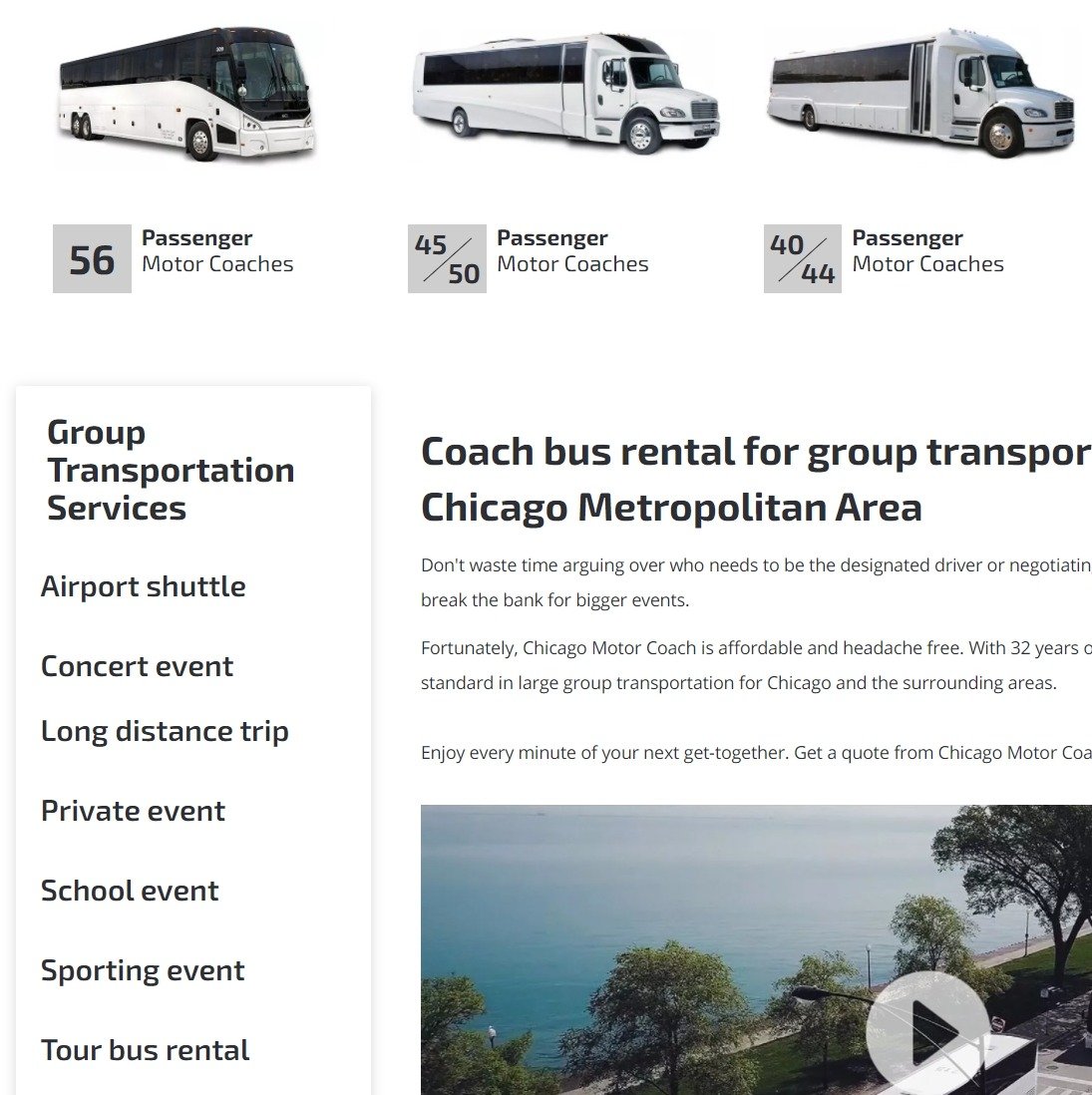
Each landing page can be tailored with different offers to appeal to a broader range of potential leads. A tailored website landing page with strategic search engine optimization (SEO) aligns with users’ searches and can turn them into leads.
2. More Landing Pages Means More Conversions
Multiple pages also boost conversions because they offer an easy pathway from discovery to conversion. If a user clicks on a PPC ad that takes them directly to a website landing page with a strong CTA, it eliminates the effort required to find the same product by clicking through a website.
When browsing a website, they might not find what they’re looking for, nor will they necessarily be required to fill out a lead capture form, resulting in a wasted opportunity for lead capture.
Creating more landing pages means more leads and more opportunities to convert them. Remember, not every page will convert visitors, so you need a fair amount for successful lead generation.
3. More Landing Pages Means Better SEO
A website landing page with precise SEO copy will rank higher on Google’s search engine results pages (SERPs). When you create specific landing pages with varied copy, your site’s traffic will originate from multiple external sources, signaling credibility and popularity, which Google rates highly.
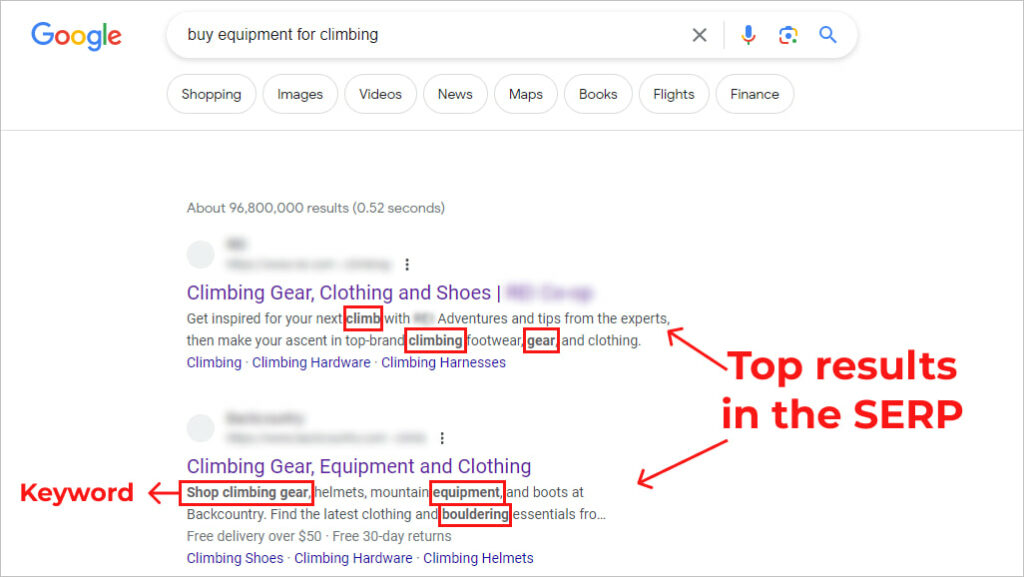
Due to their concise nature, landing pages can only incorporate a few keywords. Still, the more pages you have, the more keywords you can utilize, increasing your website’s overall visibility on SERPs.
4. More Landing Pages Means Better Efficacy Data Tracking
Because multiple landing pages are designed to attract different buyer personas, they automatically allow for easier data tracking and management, and market testing. A/B testing can make a considerable difference in generating leads.
When properly managed, multiple landing pages produce precise, segmented data, which can be better tracked and analyzed. This provides valuable insights into your audience’s interests and online behavior.
5. More Landing Pages Mean Better Customer Segmentation
An accurate understanding of each segment of a business’s target market is vital to execute tailored strategies that produce sales. Having a single perfect website landing page doesn’t enable effective customer segmentation, especially if everyone fills in their details on the same page.
Digital marketing is driven by and thrives on specific data. The better your customer segmentation, the stronger and more effective your marketing becomes. Having multiple website landing pages that different users respond to provides a clearer idea of what types of offers work for different buyer personas. You can leverage this data to improve ads and keep target market information updated.
Website Landing Page Best Practices to Improve Targeting
Multiple landing pages work when they target precise audience segments. If you’re not experiencing the conversion rate you are expecting, despite high website traffic; you might reconsider your landing page design and apply to a professional conversion rate optimization agency.
A/B Testing
A/B testing, sometimes called split testing, is a common marketing practice used to compare two versions of a web page to determine which performs best. In terms of landing pages, this means pitting two slightly different variations of the same page against each other to see which one has the highest conversion rate.
You might change the copy, images, or where the call-to-action button is, for instance. The point of A/B testing is to optimize your landing pages to such a degree that they provide the highest conversion rates possible.
Keyword Targeting
A solid keyword strategy forms the basis of a successful landing page. Focusing on long-tail keywords and search intent ensures you’re writing for humans and not search bots. From an SEO standpoint, keyword-optimized headers signal relevancy to search engine crawlers.
Tools like Ubersuggest and WordStream can help you come up with industry and product-specific keywords. As you enter your base keyword, they’ll suggest alternative keywords that may be more helpful in converting leads.
Build a Strong Brand Identity
Always keep the visual identity of your brand consistent. Messaging, logos, colors, and slogans should align with your brand image.
A landing page must leave a clear impression on first-time viewers, so they recognize your brand when it comes to making a purchase decision.
You can also increase conversions with the inclusion of verified customer reviews, testimonial quotes, customer logos, and awards.
Segment Your Audience
If you haven’t done this, now is the time. Because your target audience consists of different personas (types of customers) it doesn’t make sense to have one landing page. Consider creating separate landing pages for each audience segment.
Segmenting your audience allows you to increase message match from ads to landing pages, as well as improve clarity and relevancy through the use of copy, offers, and messaging that appeals to different segments.
SEO for Landing Pages
So, let’s talk about SEO for landing pages – it’s a total game-changer for driving traffic and getting conversions. But here’s the deal: When it comes to figuring out how many landing pages your website needs, you have to strike a balance. It has to be relevant, but also manageable.
Here are some best practices to amp up your landing pages for SEO:
- Keyword research: Dedicate yourself to keyword research to find those high-converting phrases for each landing page. Scatter those keywords naturally into your content, headings, and meta tags.
- Unique content: No copying allowed! Each landing page needs to offer unique and valuable content. No duplicates, or else you might get hit with SEO penalties!
- Page speed: Optimize your landing pages to load faster- no one wants to wait forever for a website to load. It’s all about keeping visitors happy and search engines impressed.
- Mobile-friendly design: You have to be mobile-friendly! People are glued to their phones, so make sure your landing pages look just as stunning on those tiny screens.
- Clear call-to-action (CTA): Be bold with your CTA – make it stand out like a neon sign. You want visitors clicking, signing up, or making purchases.
- User-friendly URL structure: Keep it simple! Use descriptive and keyword-rich URLs so people know exactly what to expect when they click.
- A/B Testing: Don’t get stale! Keep testing and fine-tuning your landing pages to get those conversion rates soaring.
Now you’re armed with some SEO tips, but if they feel like too much, Comrade Digital Marketing has your back! We’re here to help lawyers and law firms attract organic traffic and turn those visitors into paying clients.
Utilize Pay-Per-Click (PPC) Advertising
PPC is a form of online advertising where advertisers only pay when users click on their ads. Advertisers bid on the perceived value of a click in relation to the keywords and platforms in which it originates.
PPC campaigns work best when focused on selling specific services and products, and landing pages are just the same. For example, let’s say a user types in “buy yoga mat” into Google. A row of ads will appear at the top of the search engine results page. These are PPC ads.
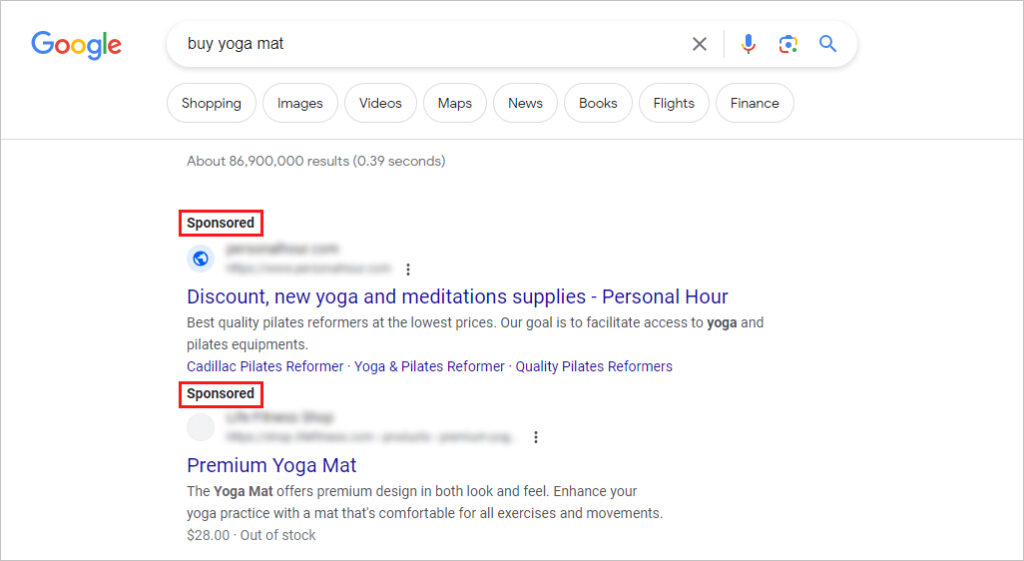
On Google, PPC ads appear at the top and bottom of search engine results pages, labeled as “Sponsored”
PPC ads with dedicated landing pages have higher than generic pages. FYI: placing a lead magnet on a custom landing page yields an 8% to 20% conversion rate, rather than a 1% to 3% when placing it on a website homepage.
Why? Well, the purpose of a dedicated landing page is to expand whatever message caught the visitor’s interest when they clicked on the ad. Directing your paid traffic to a generic page (or poorly designed landing page) will jeopardize your paid advertising efforts and leak leads.
If a lead lands on a page that’s only vaguely related to what they’re interested in, they’ll leave without hesitation.
Use a Landing Page Builder
You know what’s crucial for driving targeted traffic and boosting conversions? SEO for landing pages. But when it comes to the number of landing pages, finding that balance between relevance and manageability is vital.
Here’s a little secret that could change the game for you: use a landing page builder! Trust us on this one. With this nifty tool, you can create multiple landing pages that cater to your audience’s needs, giving you a serious edge in targeting and engagement.
The best part? No coding skills are needed for these web pages! This landing page builder streamlines the whole process, letting you customize designs, content, and calls to action with ease. It’s perfect for running marketing campaigns or aiming for higher conversion rates.
And the best part? A/B testing. You can try out different variations, fine-tuning for peak performance, and a high-converting landing page. Not to mention the tracking and analytics features, which will give you important insights into user behavior, guiding you to make data-driven decisions.
Ready to get started with your own landing page? Comrade Digital Marketing can help. Contact us today!
Conclusion
Landing pages are powerful promotional tools when correctly utilized to improve lead generation and help gather important customer data. Perfecting landing page best practices requires skill and time, and relies on constant testing and tweaking.
We know multiple pages generate more data and provide increased opportunities to improve the targeting of existing customers while also reaching new ones. Optimized landing pages are guaranteed to provide a competitive marketing edge, improve conversion rates, and grow your ROI.
If you’re searching for expert help developing and integrating landing pages into your marketing strategy, contact our team. As a full-service web development agency, we can help businesses in Miami and all over the US generate new leads and increase sales with perfect landing pages.
Frequently Asked Questions
Where does your digital marketing firm operate?
Comrade originates in Chicago, but we worked all around the United States. We can help your business grow and increase revenue whenever you are. We have offices across most major cities in the US. For example, we can offer digital marketing services in Seattle or Atlanta. You can even find our internet marketing experts in Madison! If you want to know more about our Baltimore digital marketing agency or find out how exactly we can help you, contact us via the phone or email.





